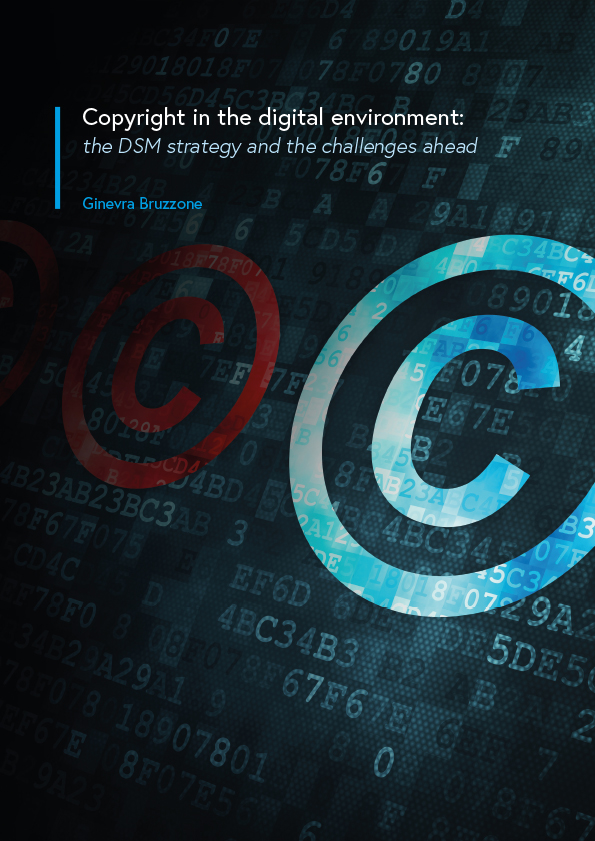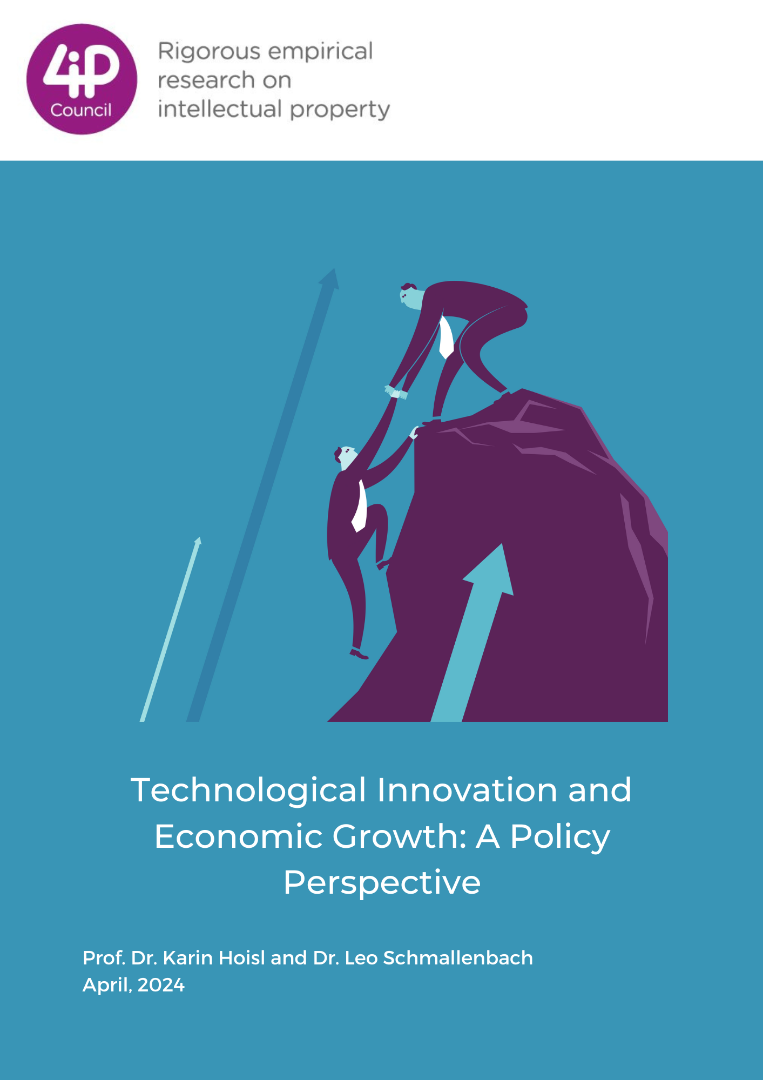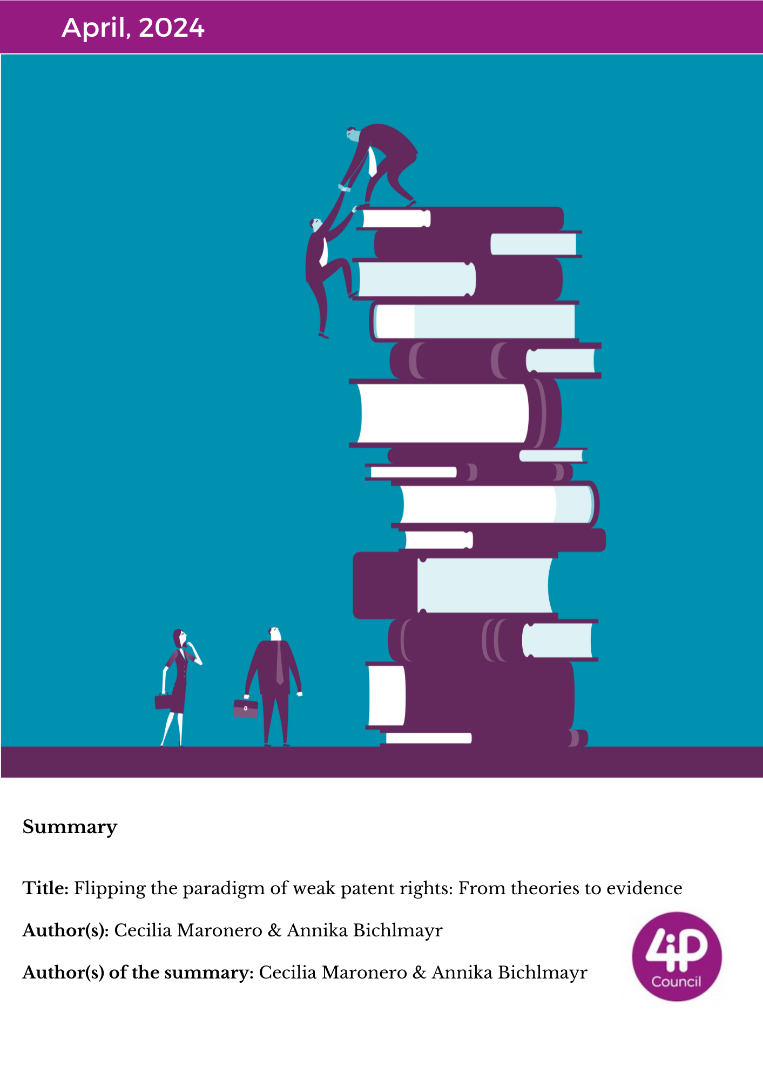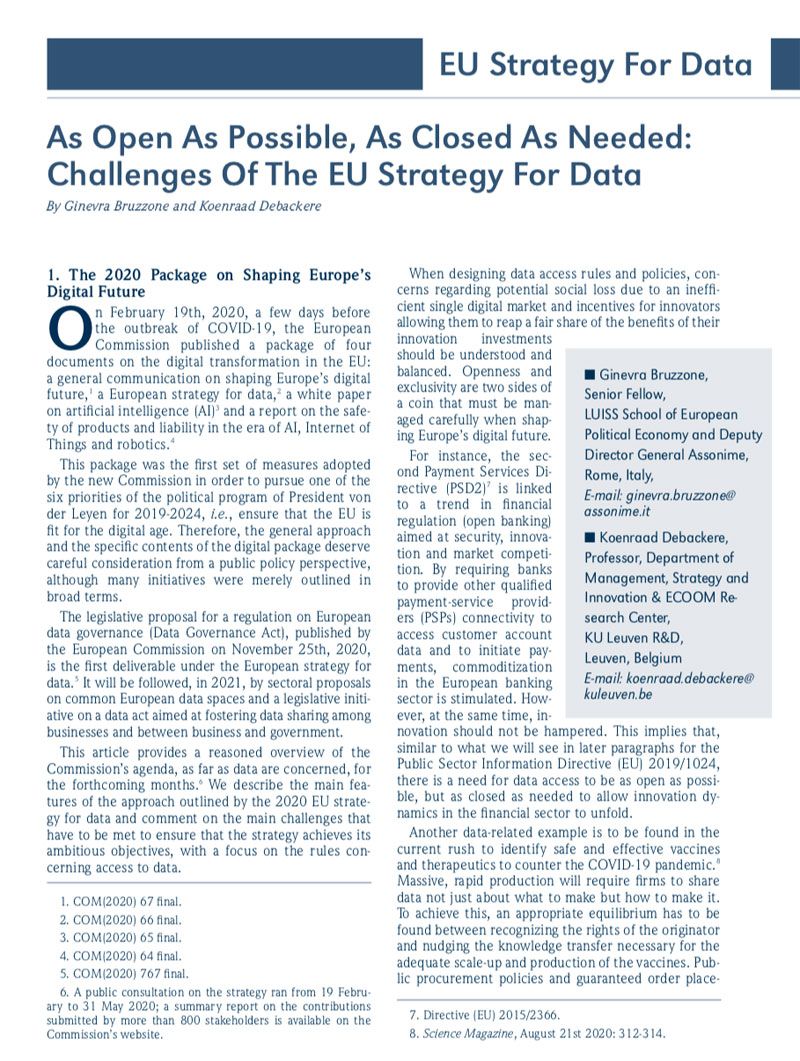Copyright in the digital environment:
the DSM strategy and the challenges ahead
Ginevra Bruzzone*
1. Introduction
Internet has led to a radical transformation of the way music, audiovisual contents,
news and literary works are produced, distributed and exploited. Content is often
made available online directly by its producers, with no intermediation. New business
models and players have emerged, and innovative services challenge the traditional
income sources of individuals and undertakings in the content industry.
The spread of illegal contents that can be easily uploaded and thus accessed online
raises further challenges for the protection of right-holders. Moreover, digital
technologies allow easy cross border access to copyright-protected content in sectors
traditionally based on territorial licensing.
At the same time, in the era of big data, access to text, data and databases is
increasingly important in order to fully exploit the innovation potential of the
automated computational analysis of information in all sectors, ranging from transport
to energy, from security and environmental protection to health services.
Against this background, EU policy makers are discussing whether and how the digital
transformation makes the current EU legal framework for copyright and related rights
inadequate and in need of reform. Key internal market directives, such as the ECommerce
Directive (2000/31/EC), the Infosoc Directive (2001/29/EC) and the IPRs
Enforcement Directive (2004/48/EC) are being reconsidered in this perspective. A
related issue is whether it is more appropriate to intervene by means of legislation or,
instead, through alternative measures, ranging from the use of European funds to the
promotion of memoranda of understanding between stakeholders and the
encouragement of self-regulation and co-regulation initiatives.
The debate on the proper boundaries of copyright and how to ensure adequate
protection of right-holders in the Digital Single Market is characterised by strongly
diverging visions and conflicting interests. Thus, identifying some shared views may
provide a useful benchmark for policy making.







